Public squares and DC
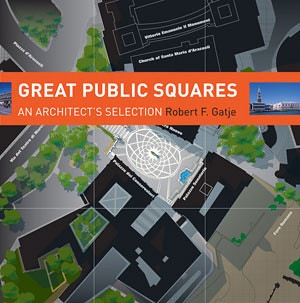
Both the Washington Post ("Where is Washington's great public square?" by Philip Kennicott) and the City Paper ("Is There Hope for D.C.’s Public Squares?" in Housing Complex) beat me to discussing Robert Gatje's book (and presentation yesterday at the National Building Museum), Great Public Squares: An Architect's Selection.
I didn't take many notes on the talk, only about 100 words. But these were some of the conclusions I came to, whether or not Gatje said them specifically:
- density
- crossroads and places that are connected (Gatje)
- people want to be there (Gatje)
- outside living - outdoor rooms
- integration of civic life and commerce.
The descriptions of the various successful squares showed common themes of success such as the presence of public buildings (town halls), churches, schools, commercial buildings, and housing located as part of the greater square area and on the perimeter of the square, providing a sense of enclosure but also connectedness, vitality, and integration.
Gatje didn't discuss very deeply the connection between the development of public squares and public markets--where farmers came into the city to sell foodstuffs to residents in the time when retail shops didn't exist, not to mention refrigeration, which required daily shopping.
If you look at the public squares and parks in DC that for the most part fail, it is because they are disconnected places, and that they are rarely places where commerce is allowed to be integrated--the National Park Service, which controls many of the public squares and circles in DC, has strict regulations against commerce, unlike similar but wildly successful parks in other cities such as the borough of Manhattan in New York City, Schenley Plaza in Pittsburgh, the Navy Pier in Chicago, and Campius Martius in Detroit.
Frankly, when it comes to the value of place and placemaking in public squares, the work of the Project for Public Spaces, or the wisdom expressed in the tome Creating a Vibrant City Center by Cy Paumier is more applicable, even though Mr. Gatje's book will be a great resource for city planners and involved citizens seeking inspiration.
Extend Councilmember Wells' efforts as Ward 6 Councilmember focused on placemaking and quality of life improvements in Ward 6 to the development of a citywide placemaking and quality of life improvement effort. (Note that DDOT's streetscape planning and construction efforts under Dan Tangherlini around 2000 are the foundation and first building block of this effort.)
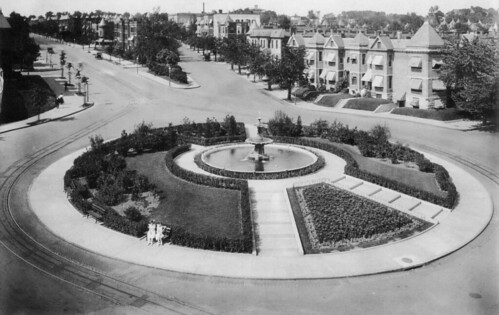
Truxton Circle before and after. The Circle was named after Revolutionary War commodore Thomas Truxtun (1755-1822), whose estate was later granted to the District. Until 1940, Truxton Circle was located at the intersection of Florida Avenue and North Capitol Street. First image: Library of Congress. Second image: Google Street View.

I was not able to attend Cy Paumier's presentation at the National Building Museum in October, Creating Great Places: A Vision for Washington, D.C.'s Center City Public Realm," which was part of the Smart Growth Speaker Series. Paumier presented specific proposals for improving the 12 most important public spaces in Washington D.C.’s center city.
Fortunately his talk and presentation is online.
Labels: parks, urban design/placemaking
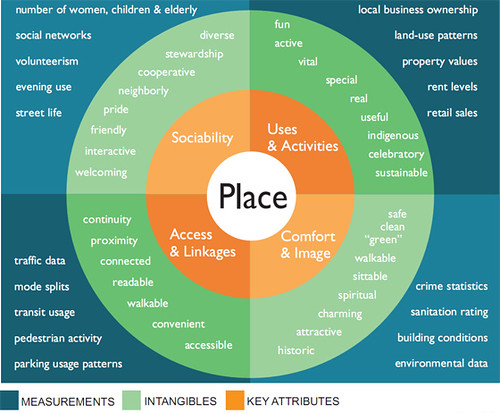
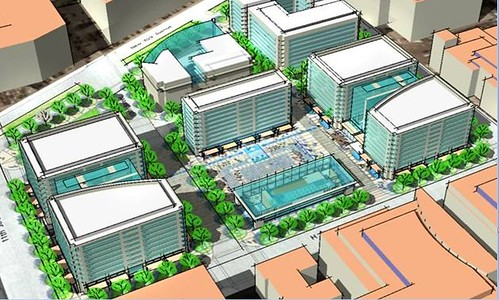
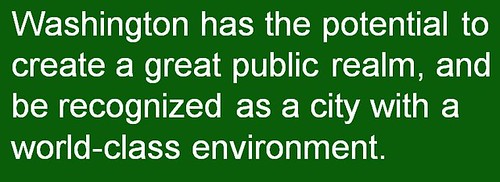



0 Comments:
Post a Comment
<< Home